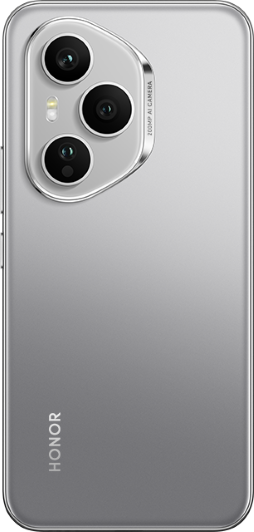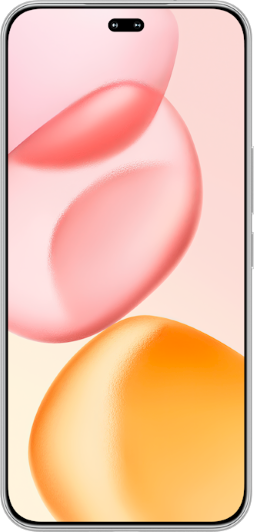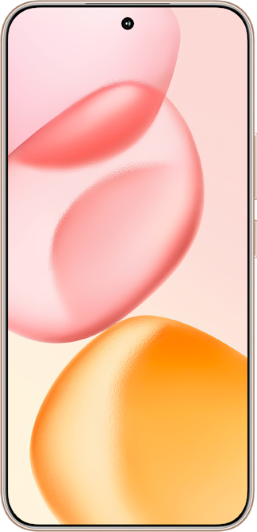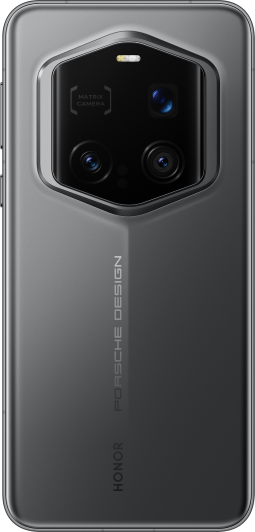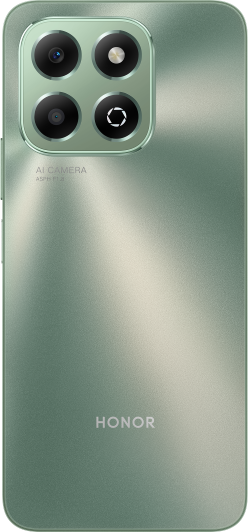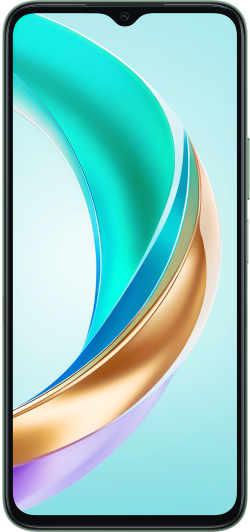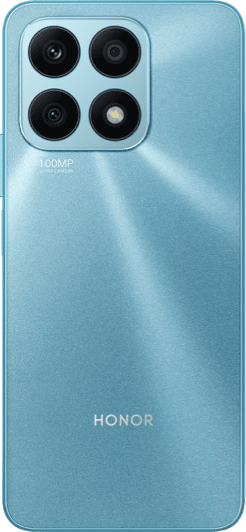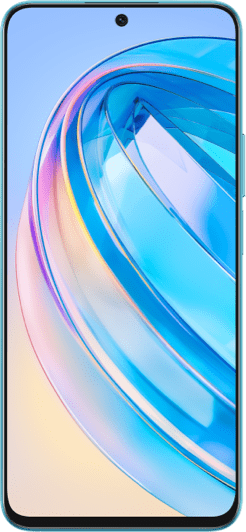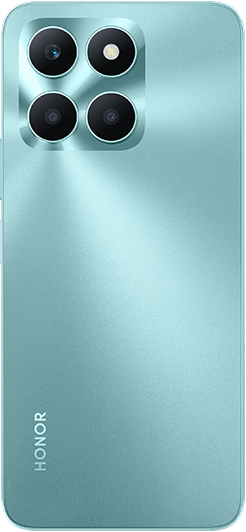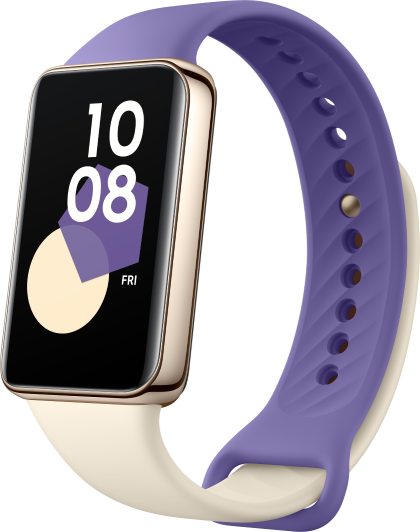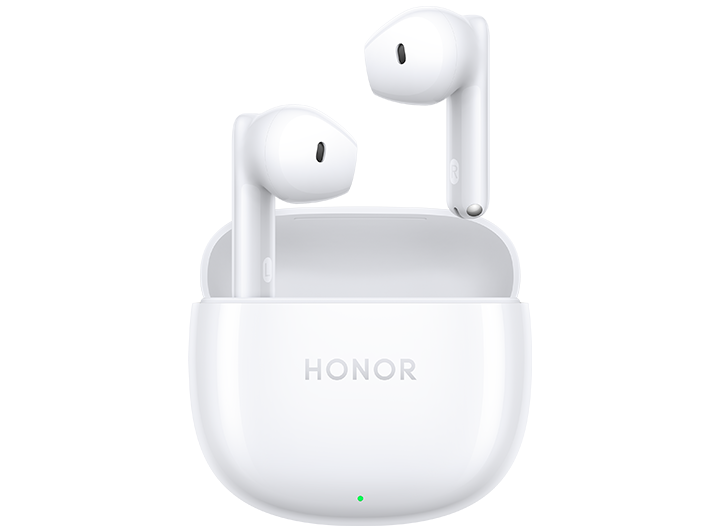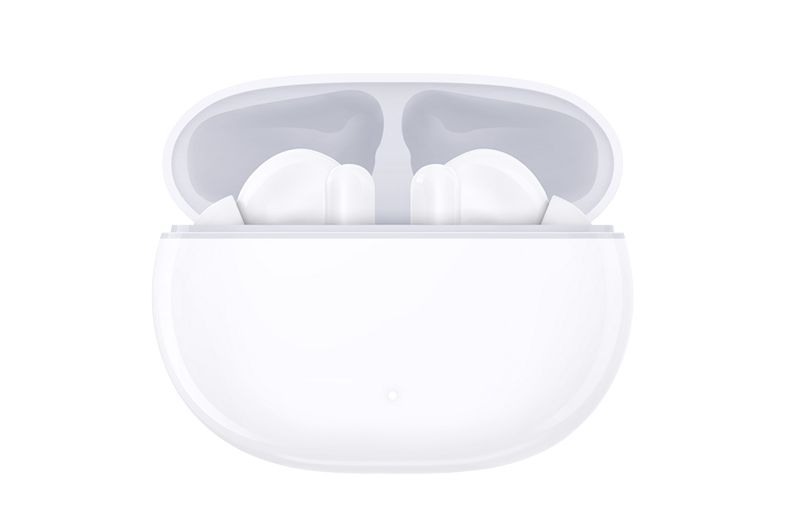TOP

我的荣耀 开启荣耀之旅
To log in to your account, you must first agree to the HONOR PLATFORM TERMS OF USE. If you do not agree, you may only browse the site as a guest.

Can a Blind Person Use a Smartphone? (Explained)
Do you ever think about how people with blindness use phones and other technologies to navigate the world? In today's society, having a phone is more important than ever. However, visual impairment can make it difficult for someone with impaired vision to benefit from all of these advances. That’s why it’s so remarkable that blind people have found innovative ways to use phones, apps, and other technology without relying on their sight. In this blog post, we'll discuss how a visually impaired person can use a phone effectively. We'll also provide useful tips for the visually impaired to choose the best phone for their use. Read on to learn more!
How Does a Blind Person Use a Cell Phone?
There is no doubt that blind and visually impaired individuals can indeed use phones, thanks to a range of adaptive technologies and features designed to enhance accessibility. Here are how does a blind person use a cell phone to make their lives easier:
• Screen Readers: Smartphones, both iOS and Android, come equipped with built-in screen readers like Apple's VoiceOver and Android's TalkBack. These tools convert text displayed on the screen into speech, allowing blind users to interact with their devices. They can navigate apps, read messages, and even browse the web using these features.
• Voice Commands: Voice assistants like Siri, Google Assistant, and Amazon Alexa enable users to perform a variety of tasks using voice commands. This can include making calls, sending texts, setting reminders, or asking for information, all without needing to see the screen.
• Braille Displays: For those who use braille, some smartphones can connect to refreshable braille displays. These devices convert the text from the screen into braille characters that can be felt with the fingertips.
• Tactile Keyboards: For those who prefer physical buttons, there are phones with tactile keyboards that can be easier to navigate by touch.
• Adjustable Display Settings: For users with low vision, smartphones offer adjustable display settings like large text, high contrast modes, and magnification gestures to make content on the screen easier to see.
• Haptic Feedback: This feature provides physical feedback through vibrations, which can assist in navigating the phone's interface.
• Specialized Apps: There are numerous apps designed specifically for the visually impaired, offering services like object recognition, text-to-speech for reading printed material, and even navigation assistance using GPS.
These technologies not only enable blind and low-vision individuals to use phones effectively but also empower them to take advantage of the same features and functions that sighted users enjoy.
How to Choose Phones for the Blind and Those with Low Vision?
Having learned how blind and low-vision individuals use phones, we now turn our attention to an equally important aspect: choosing the right phone. Selecting a phone that caters to the needs of those with visual impairments isn't just about the latest features or the most advanced technology; it's about finding a device that aligns with their specific requirements and enhances their daily life. Here are some tips:
✓ Screen Magnifiers:
Screen magnifiers play a crucial role by enlarging on-screen content. It enlarges the content displayed on the screen, making it easier for individuals with low vision to read text, view images, and navigate the interface.
✓ Adjustable or Large Font:
Phones with adjustable or large font settings provide the flexibility to increase text size, offering improved readability for users with visual impairments.
✓ Adjustable Screen Contrast and Brightness
Adjustable screen contrast and brightness settings are essential, allowing individuals to customize their display to reduce eye strain and enhance visibility based on personal preferences.
✓ Screen Reader:
Screen readers, another integral feature, audibly relay on-screen information to users, enabling those who are blind or have limited vision to interact with their devices through touch gestures or keyboard commands.
✓ Voice to Text Capabilities:
Voice-to-text capabilities empower users to convert spoken words into written text, facilitating message composition without the need for a physical keyboard.
✓ Braille Entry:
Braille entry allows users to input text using a Braille keyboard or display. This is particularly beneficial for individuals who are proficient in Braille.
In summarizing how to choose phones for the visually impaired, it's clear that the key lies in accessibility features, ease of use, and adaptability to individual needs. A prime example of a phone meeting these criteria is the HONOR 90 Lite. It supports ScreenReader, allowing users to hear text and image descriptions read aloud, making navigation effortless for those who cannot see the screen. The phone also offers adjustable text sizes and a Simple Mode, which simplifies the interface with larger icons and fonts, and auto-adjusts the volume for greater convenience. Coupled with Google Assistant, the HONOR 90 Lite stands out as a user-friendly choice for the visually impaired.
Conclusion
In conclusion, the ability for blind and low-vision individuals to use phones effectively is not only possible but increasingly facilitated by innovative technology and thoughtful design. The integration of screen readers, voice commands, braille support, and customizable display settings has opened a new realm of accessibility, proving that visual impairment is no longer a barrier to digital connectivity. This guide has illuminated the path to selecting and using phones tailored to the needs of the visually impaired, reinforcing the message that technology, when designed inclusively, becomes a powerful tool for independence and empowerment in our interconnected world.
FAQ
How do you set up a smartphone for a blind person?
Setting up a smartphone for a blind person involves enabling accessibility features such as screen readers, voice commands, and customizing text settings. On devices like the HONOR 90 Lite, these features are readily available in the settings menu, allowing users to tailor the phone to their preferences.
Can blind people text on phones?
Yes, blind people can text on phones using a variety of methods. Most smartphones offer voice-to-text capabilities, allowing users to dictate their messages. Additionally, Braille displays and keyboards can be connected for tactile input. The key lies in the accessibility features provided by the phone's operating system.
What kind of phone can a blind person use?
Blind individuals can effectively use smartphones equipped with accessibility features like screen readers (e.g., Apple's VoiceOver, Android's TalkBack), voice assistants (Siri, Google Assistant), and tactile interfaces. They also benefit from phones with braille display compatibility and specialized apps for navigation and object recognition. For those preferring tactile feedback, phones with physical keyboards are ideal. These devices, whether advanced smartphones or more basic models, are designed to offer independence and ease of use to visually impaired users.
Source: HONOR Club

Subscribe To Our Newsletter - Discover HONOR
Please accept HONOR Platform Privacy Statement.
By entering your WhatsApp number, you agree to receive commercial information on WhatsApp about HONOR products, events, promotions and services. For more details, please see our privacy policy.
Please accept HONOR Platform Privacy Statement.
I agree to receive the latest offers and information on HONOR products, events and services through third-party platforms (Facebook, Google). I may withdraw my consent at any time as indicated in the Privacy Statement.
Contact

Mon-Sat: 09:00 – 18:00. (Except on national holidays).
Third Floor, 136 George St., London, W1H 5LD, United Kingdom.
Copyright © HONOR 2017-2025. All rights reserved.







